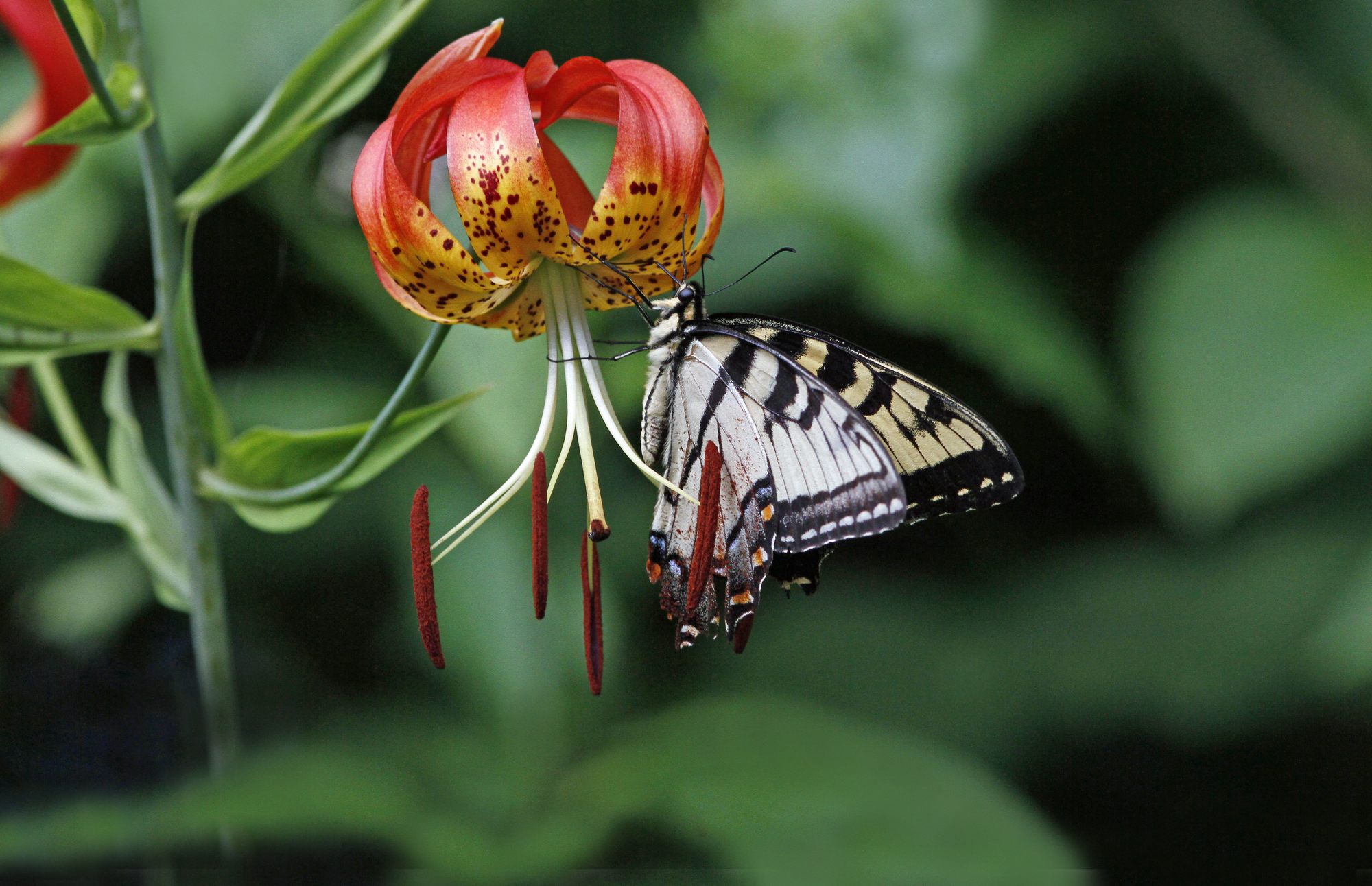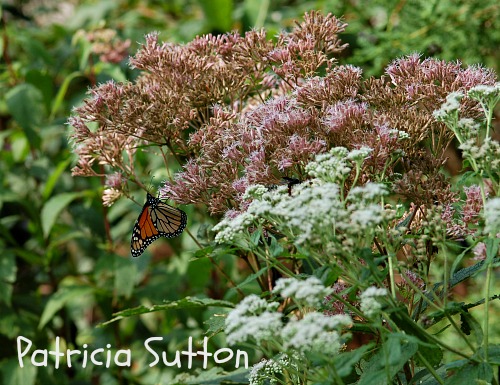
Hi Gang,
I was away for a week in West Virginia in late April (we were leaders and presenters at our favorite festival, the New River Birding and Nature Festival).
We left in winter conditions and returned to summer conditions. Tackling the next part of garden cleanup has been quite a task in the heat and gnats. I wondered how you all were faring with your own gardens especially since some of you are quite new to wildlife gardening.
I thought it might be timely to step-by-step explain how I wrap up the garden cleanup in spring.
My May 18, 2015 post
for Native Plants and Wildlife Gardens covers
“Spring Cleanup in the Perennial Garden, Part Two”
the down-and-dirty final stages of Garden Cleanup
I hope my post helps guide you. Please share your comments and questions in the comment section following the post (rather than write to me directly), that way everyone can benefit from your questions, my answers, and all the additional sage advice that others share.
Is my garden cleanup done yet? Not nearly. Heading back out as soon as I send this off. Good luck with yours and please wish me some luck and stamina with mine. It will all be worth it when it’s done.
Happy Gardening,
Pat





